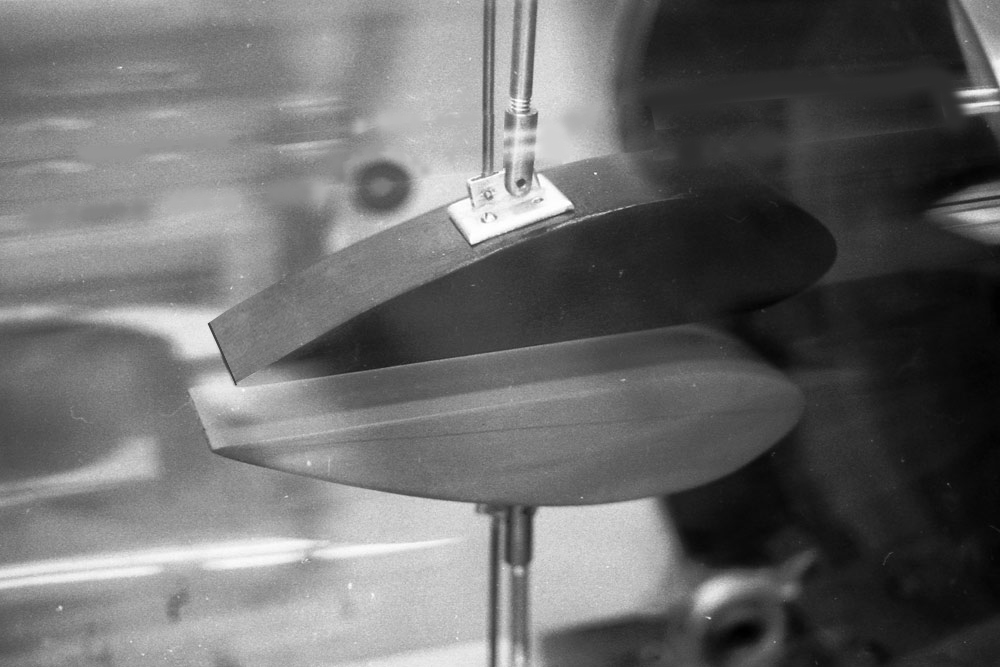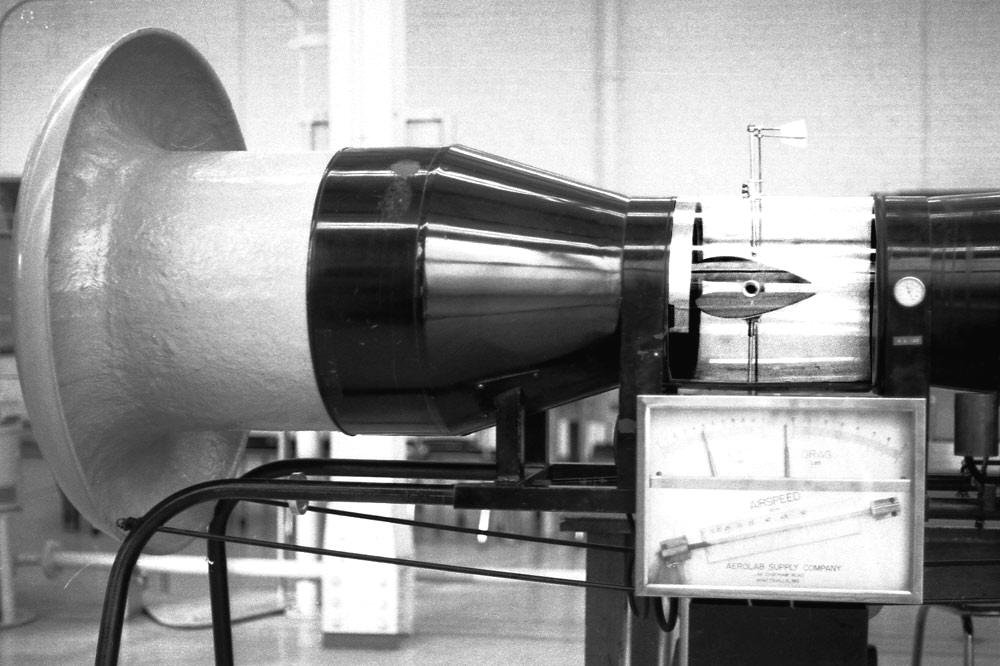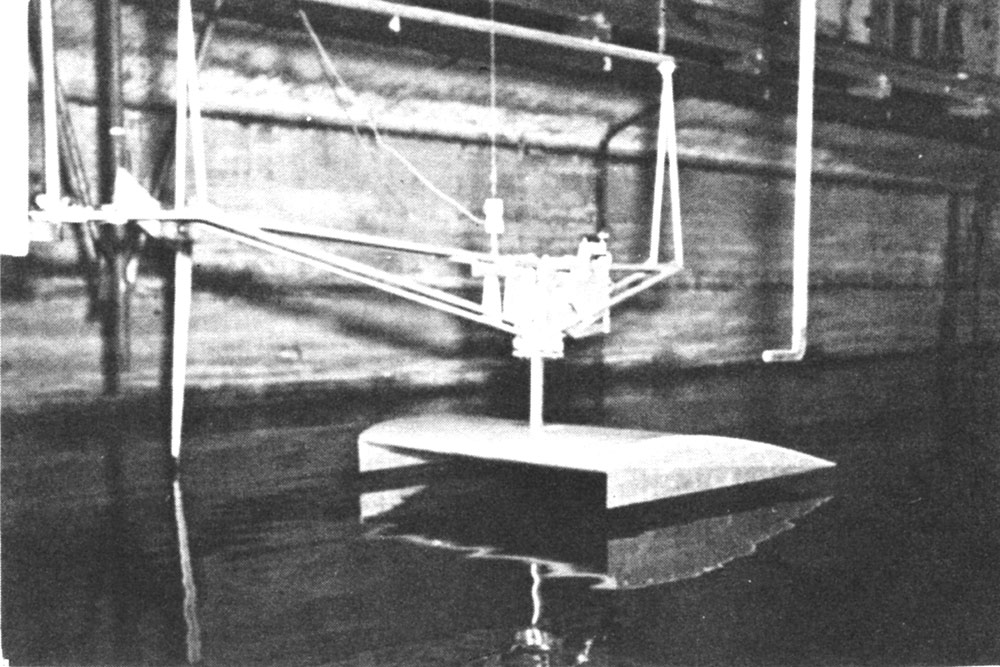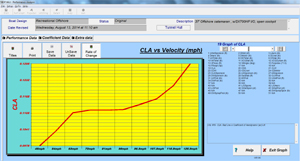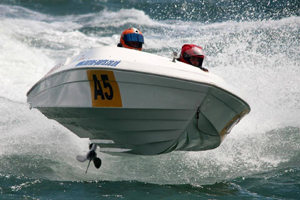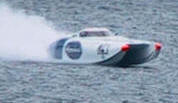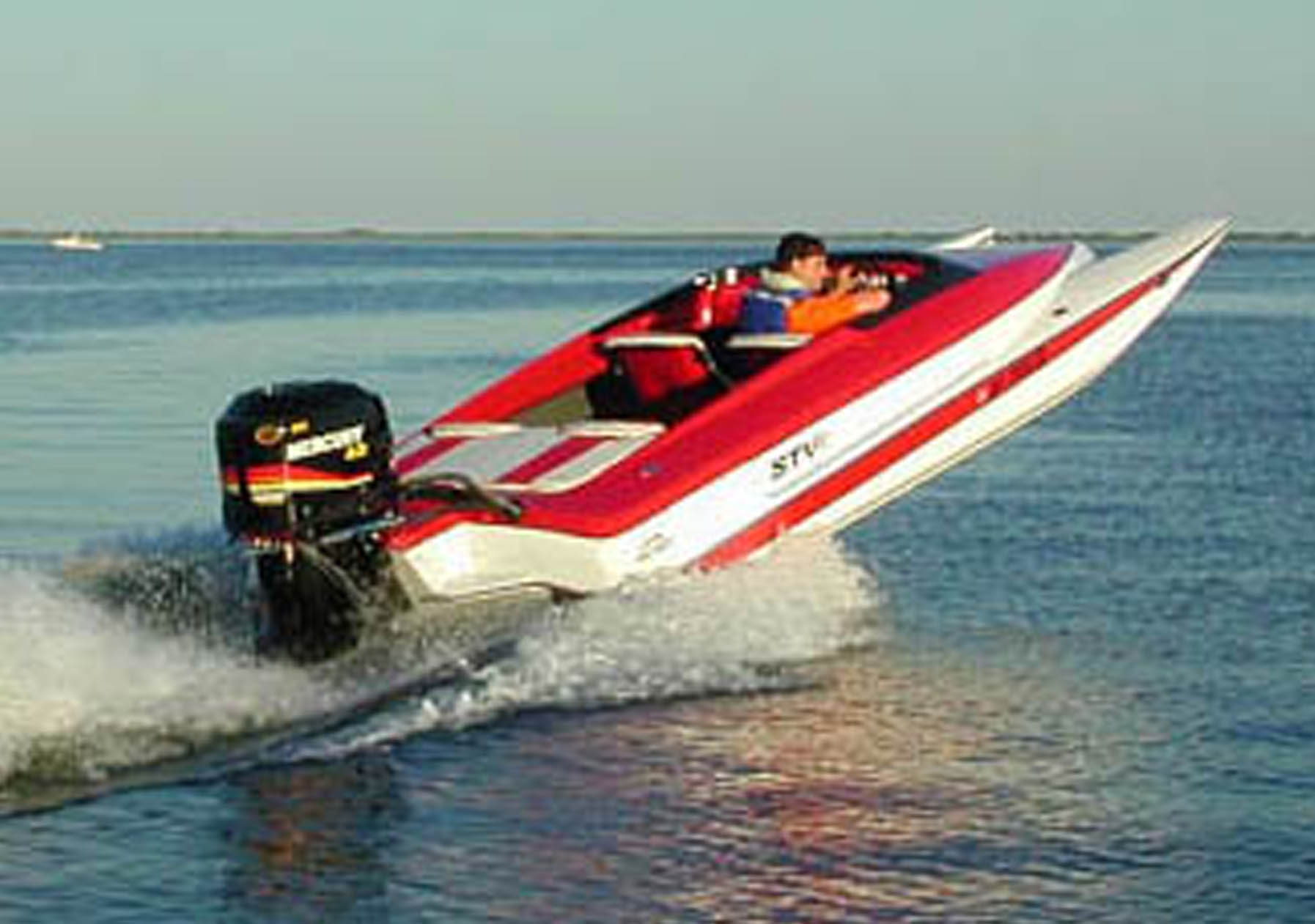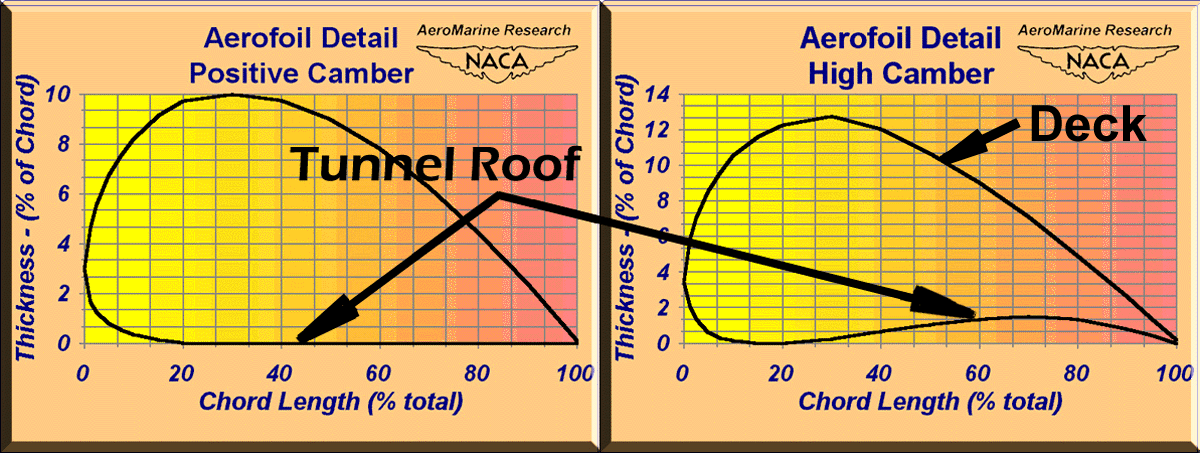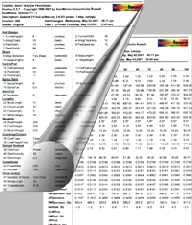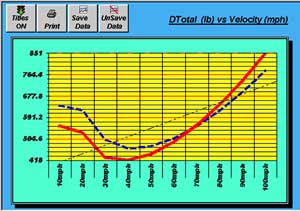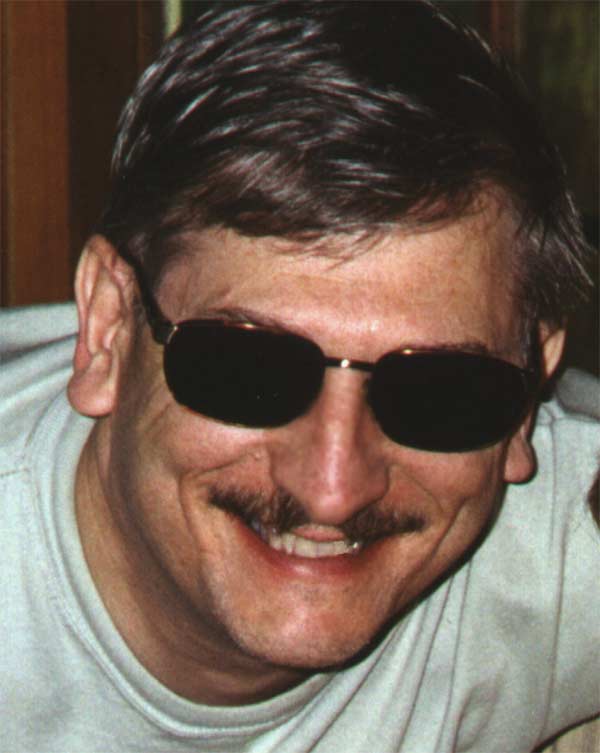Advanced research using simulation in wind tunnel and water channel
experimental facilities was specifically designed to address
high-performance powerboats.
From these original results and years
of full-scale race-testing, advanced marine technology produced engineering
relationships and proprietary algorithms that accurately define the unique
interaction of hydrodynamic forces with aerodynamic forces of
high-performance tunnel hulls, power catamarans, and vee hulls.
How it Works - Unique wind tunnel and water channel
experimental results of low-aspect ratio aerofoil/hulls in close
proximity ground effect (water surface) were proven through rigorous,
extensive, full-scale testing.
Ground-effect tests were conducted in a high-speed, sub-sonic, wind tunnel using an image-wing (reflection) method. The image-wing technique involves the use of an identical model mounted inverted with respect to the test model.
This additional wing model is, in effect, an image or reflection of the test with the distance between the two wings being equal to 2 X ground height represented. Tests made with the image-wing method have shown to correlate well with results of tests of a model moving over a still surface.
Russell's results show that aerodynamic performance
of tunnel hulls and vee hulls are highly influenced by:
a)
height above water surface (h/C)
b)
aspect ratio of deck/tunnel region (b/L)
c)
deck/surface thickness ratio (t/C)
d)
aerofoil (deck/tunnel) shape*
e)
angle of attack (α)
f)
other factors**
** For example, Tunnel hull designs also incorporate sponson
sides that act as 'end-plates' to the aerodynamic 'wing' section, which is
shown to further enhance Lift/Drag performance.
Results of extensive testing has been correlated with full scale tunnel hull,
power catamaran, vee hull and vee-pad hull tests that compared real-model characteristics of representative aspect ratio, height above surface and angle of attack with aerodynamic lift, drag and instability, at similar velocities.
*Research also included analysis of
the affects of aerofoil shape on lift, drag and stability, using NACA
shapes. Russell's results proved that alternative aerofoil shapes can generate
higher lift forces, improved L/D results. Resulting changes in Dynamic
Stability was also observed using some alternative aerofoil shapes, that can
sometimes have undesirable results when used in applications of performance boat
hulls. so careful performance analysis is required to optimize beneficial
utilization. AR's TBDP/VBDP
design software and Russell's
"Secrets of Tunnel Boat Design" book address these important issues for the
performance tunnel boat designer.
Research
shows also, that effectively designed vee hull deck and hull configurations have
significant contributory aerodynamic lift characteristics, and can
enhance vee
hull performance significantly.
Complex fluid flow modeling specifically for tunnel and vee hulls allows accurate computer modeling of these complex designs that fly in air on water.
Jim Russell applies these advancements in
newest versions of AR's TBDP©/VBDP© design and performance
analysis software. |

